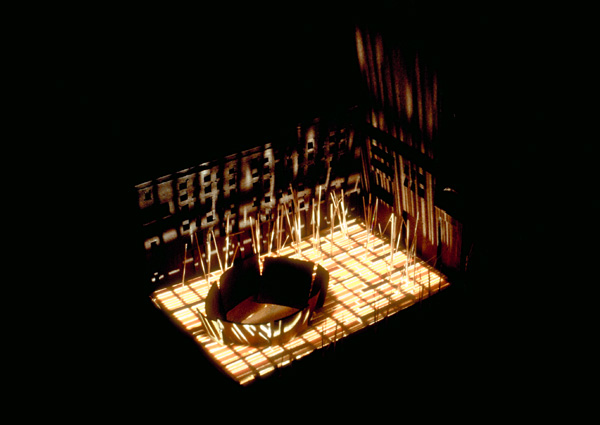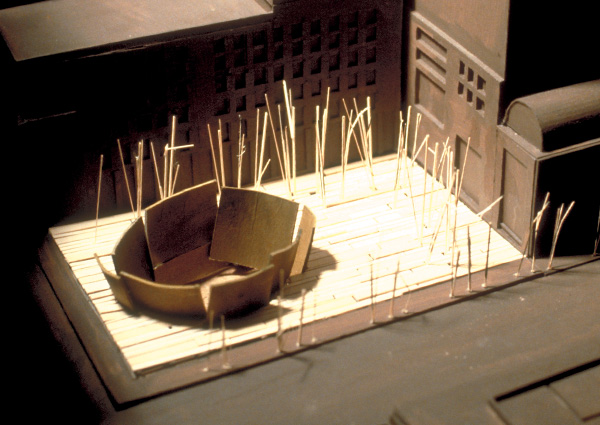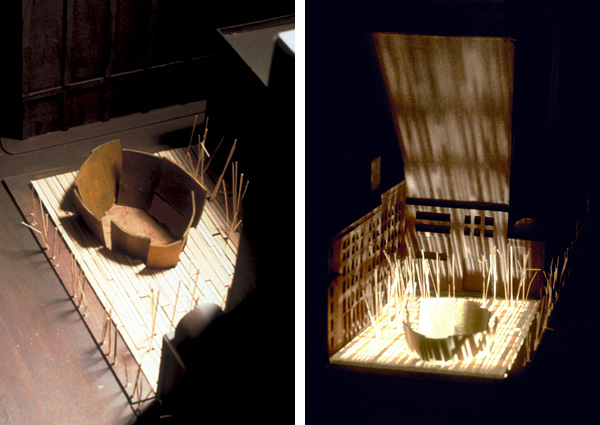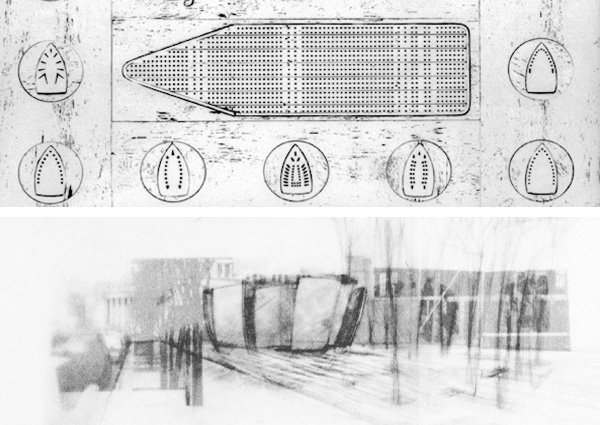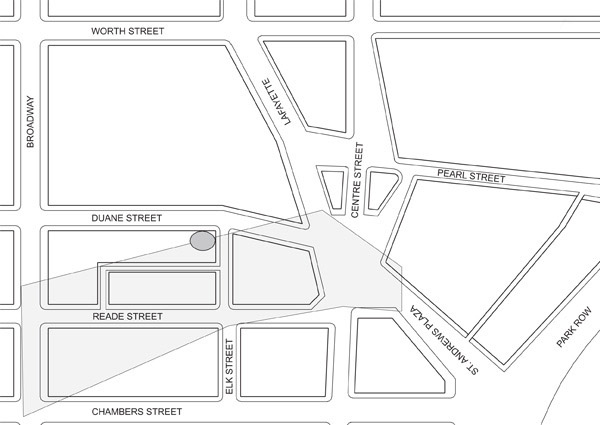African Burial Ground
- Completed:
- 1998
- Team:
- Jonathan Dreyfous
Victoria A. Rospond
Lea H. Cloud
June Jordan
Willie Cole
Caryn Brause
Sally Zambrano-Olmo
Hilary Old
Matt Herbert
- Location:
- New York, NY
- Awards:
- Project Award 1998
AIA NY Chapter
The African Burial Ground Memorial Project gives voice to the voiceless, buried generations without markers of remembrance. Located within the dense urban fabric of New York City, the site is sacred both as a place for the reinternment of African and African-American bones and as a site for a broader remembrance of the plight of African peoples around the world. The memorial addresses the memory of the dead; it is a space for the dialogue of the living. The conceptual approach to the project paralleled the actual approach to building the team: the architects aspired to give expression to a group of collaborating voices not normally included in a government competition.
The primary concepts of the proposal are as follows:
Buried: The Ground. The idea that the burial ground should not be casually experienced was inspired by an understanding that the land is sacred. Sacred because it is the resting place for the Africans buried there. Sacred because it represents the memory of profound suffering and loss inflicted on Africans by the slave trade. The memorial summons public gathering, recognizes secular interaction and celebrates voices that have been shrouded by silence and anonymity.
Remembered: The Vessel. The sculptor Willie Cole was asked to bring the relevance of the African memorial practices to the project by creating a reliquary offering vessel. In many African cultures, bodies are buried with objects of importance from life, while personal relics, kept inside the reliquary vessel at the home, fortify the ancestor’s memory. The vessel, bowl or basket is an important site where family and friends bring offerings to the memory of loved ones who have passed on.
Living: The Text. The poet professor June Jordan was asked to articulate the meanings of language taken away from enslaved Africans. She attempted to reclaim and relocate this voice, and its muted history, through the creation of key texts for the site. Without is the guiding concept behind the text inscribed on the wooden planks throughout the site’s uneven floor. Within is the guiding concept behind the text inscribed along the processional path inside the vessel.
Our team believed that the architectural expression of the African Burial Ground Memorial should be commensurate with the aspiration to create a sacred space for our ancestors and our evolving community dialogue.
